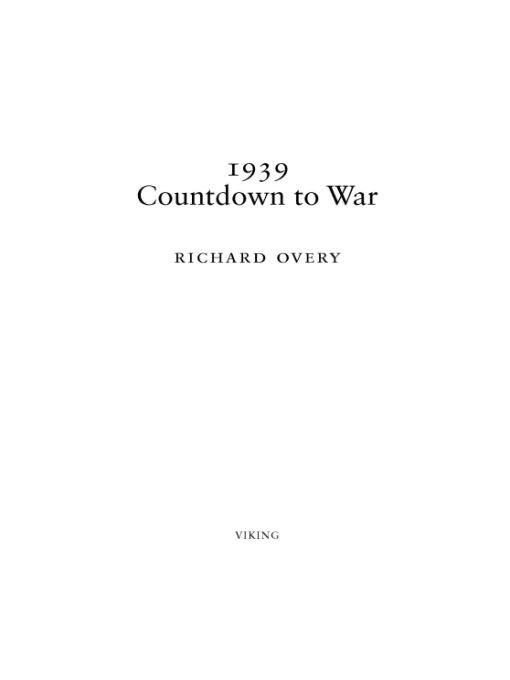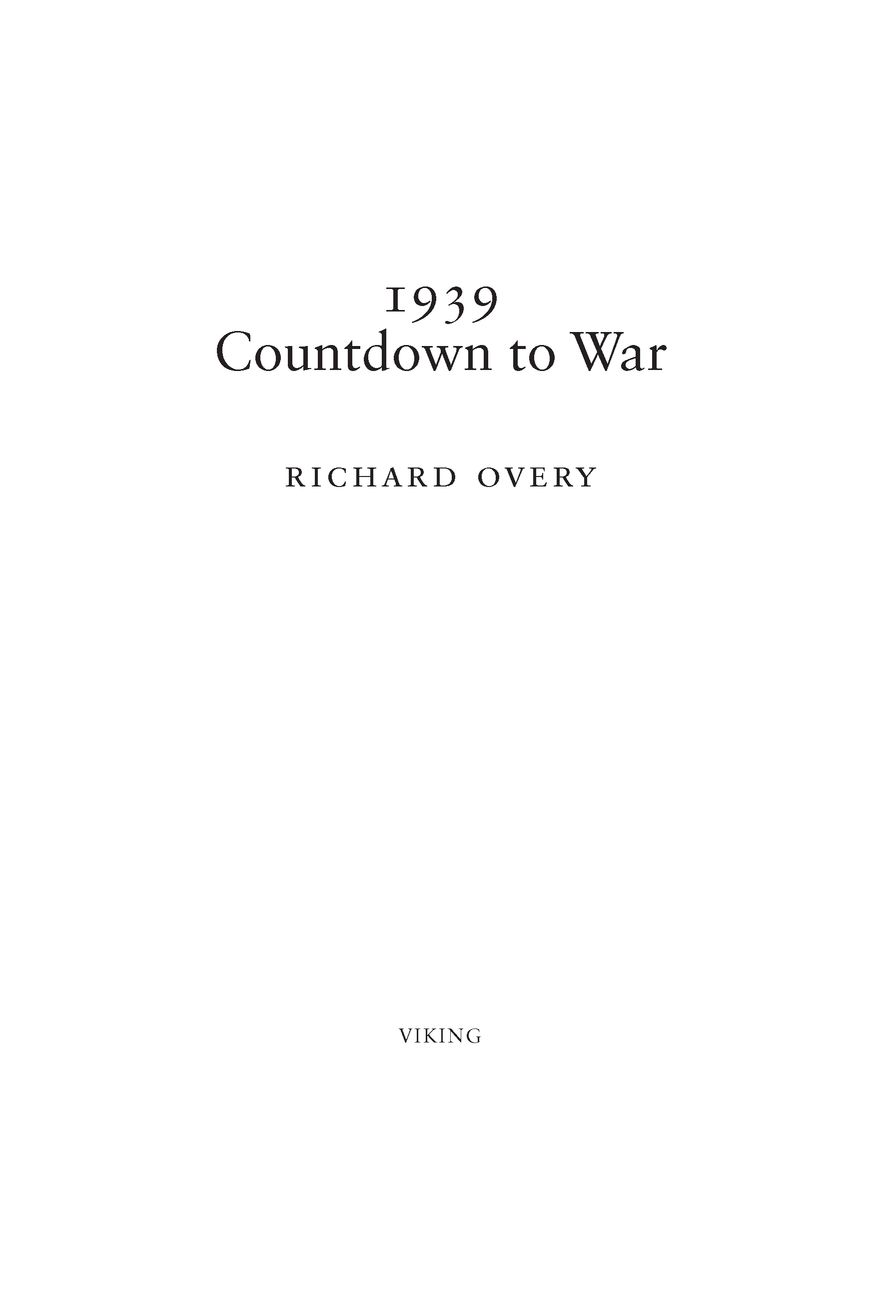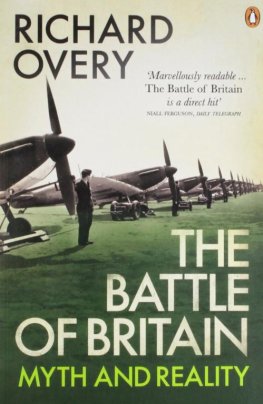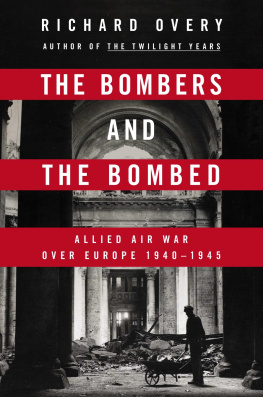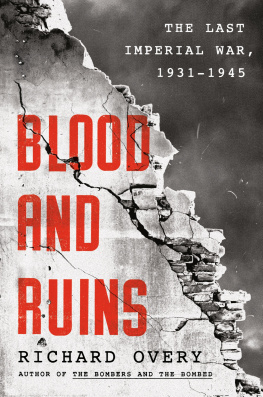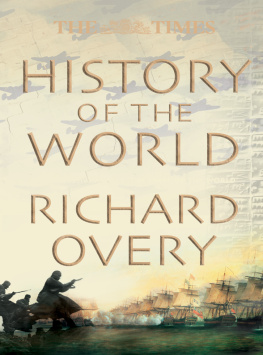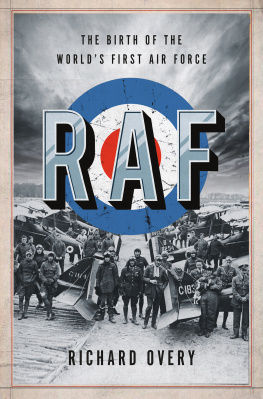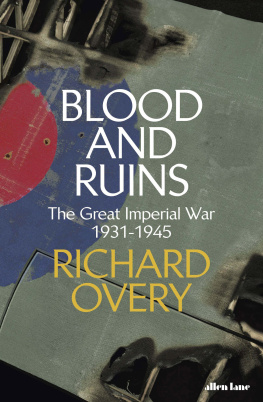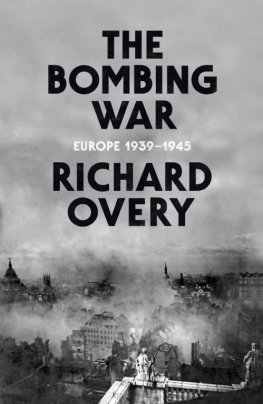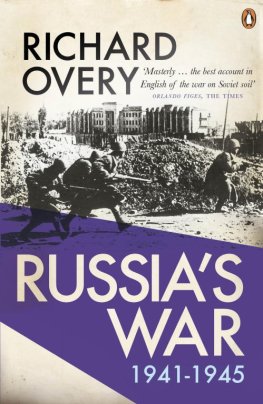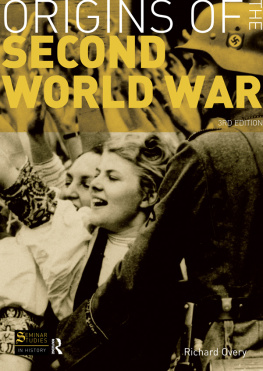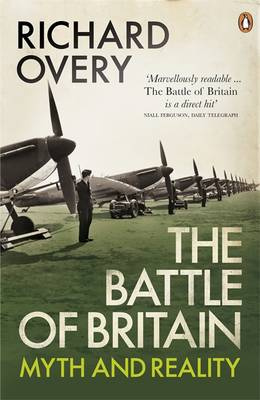Table of Contents
Preface
Every decade since the end of the Second World War has given an opportunity to reflect again on the extraordinary circumstances that led to a war of exceptional scale and destructiveness, which dwarfed even the sacrifices and losses of the Great War that preceded it. It has been tempting to think of very large causes for such a monumental conflict, and no doubt there were systemic weaknesses in the post-war world order or the capitalist system or the national geography of Europe that nourished future conflict. There was also a pervasive sense of doom that hung over the continent as it battled to come to terms with the stark reality that the region which prided itself on being at the heart of modern civilization could apparently descend into the depths of a new barbarism.
It is against this background that the present small book is set. The purpose is to tell a brief but powerful story that comes at the very end of the twenty years of insecurity and crisis that followed the Great War. However large or long-term the forces making for war, there was a moment when those forces had to be confronted and harsh decisions taken by the principal historical actors involved. In the story of those dramatic days immediately before the outbreak of war, much still stood in the balance. Great events generate their own dynamic and their own internal history. The outbreak of war now seems a natural consequence of the international crisis provoked principally by Hitlers Germany. What follows is intended to show that nothing in history is inevitable. The strange dialogue between system and actors is at the heart of historical narrative. Events themselves can be both cause and consequence, none more so than the events that led Europe to war seventy years ago.
Richard Overy
March 2009
Acknowledgements
I am grateful to a number of people for advice and help in the writing of the book, particularly to Claudia Baldoli, Lindsey Dodd, Andrew Knapp, Martin Thomas, Richard Toye, Marc Wiggam and Larysa Zariczniak. My editor, Simon Winder, never seems to tire of reading what I write and is always generous with his support; my agent Gill Coleridge was more responsible for seeing this book into print than perhaps for any of my other books, and my thanks again. What the book says is, as ever, my own responsibility.
Quotations from Vera Brittain are included by permission of Mark Bostridge and Timothy Brittain-Catlin, literary executors for the Vera Brittain Estate, 1970.
Prologue
Poland, Germany and the West
In 1933 the English novelist H. G. Wells published The Shape of Things to Come, a fictional account of the next fifty years of world affairs. His central prediction was the coming of a Last War in Europe in the near future. His chosen date was January 1940 and the cause of the new war a petty incident in Danzig, in which a Polish-Jewish commercial traveller at the main station is shot dead by a young National Socialist who has interpreted the Poles grotesque efforts to adjust a broken dental plate as an act of mockery towards a representative of the Third Reich. In Wells story the incident is only the spark needed to light the powder-keg of European rivalries and distrust. Within two days, war engulfs the whole of Europe. The tension, Wells suggested, had risen to such a point at which disaster seemed like relief and Europe was free to tear itself to fragments.
Something very like this happened in the autumn of 1939, some four months earlier than Wells had predicted. European war broke out within three days of the German seizure of Danzig. Demands for the return of the formerly German city triggered a conflict that began with a German invasion of Poland on 1 September 1939 and became a world war when the British and French empires declared war on Germany two days later. The formal cause of the conflict masked the reality that the European order was in a state of extraordinary tension by 1939, provoked by the collapse of the international system established at the end of the Great War. The conflict in September 1939 which launched the Second World War was the result of greater causes than the status of Danzig. The British prime minister, Neville Chamberlain, told the House of Commons on 24 August that war if it came would not be for the political future of a far away city in a foreign land, but would be fought to preserve fundamental principles of the rule of international law.
The war that broke out in September 1939 can only be properly explained in the context of the deteriorating European order during the 1930s, when economic crisis, the rise of authoritarian dictatorships, deep ideological divisions, nationalist rivalries and the collapse of the efforts of the League of Nations to preserve peace all combined to make a major conflict probable. It was nevertheless a war ostensibly fought over the independence of Poland, and it is here, in the confrontation over Polands future in 1939, that the immediate causes are to be found. Above all it was Polands intransigent refusal to make any concessions to its powerful German neighbour that made war almost certain. Poland was, wrote a British Foreign Office official in May 1939, the only state in Europe able and willing to offer serious resistance to German aggression.
The Polish question went back to the period immediately after the First World War when the victorious Allied powers decided to create an independent Polish state and to grant it a land corridor to the sea through former German territory, with the prospect of using the German city of Danzig as a major port for the Polish import/ export trade. The port was granted status as a Free City under a League of Nations committee which was to appoint a League Commissioner to supervise the arrangements made to protect Polish trade and to preserve the principle of self-government for the largely German population. The strongly nationalist German population agitated in 1939 to come eim ins Reich, back home to Germany.
There was more to the Polish question than simply Danzig. In the aftermath of the Treaty of Versailles, signed in June 1919, Poland was awarded not only the Corridor through West Prussian territory but important parts of the industrial region of Silesia. German volunteer forces (Freikorps), recruited from among returning soldiers in 1919, fought against Polish claims along the eastern frontier until the corps were finally disbanded in 1922. The new Polish state also comprised a large area of territory that had belonged to the former Russian Empire, and in 1920 the revolutionary Red Army, fresh from victories in the Russian Civil War, invaded Poland in an attempt to destroy the infant state and spread the proletarian revolution further into Europe. Red cavalry reached almost as far as the German frontier, while Mikhail Tukhachevskys poorly armed troops threatened to encircle Warsaw, the former capital of Russian Poland. In the absence of any effort by Britain and France to protect the state they had recently constituted, the Poles organized a remarkable victory under the leadership of Jseph Pilsudski, who in 1914 had raised a Polish legion to fight at theside of Austria-Hungary against Tsarist Russia. The battle for Warsaw has seldom been given the weight it deserves in historical narratives of the 1920s, but it did save Eastern Europe from a communist crusade and it preserved the independence of Poland against its two dangerous neighbours, Germany and the Soviet Union. Victory in 1920 also became the founding myth of the new Polish state and played its part in its later determination not to be subjected to either powerful neighbour in 1939.

